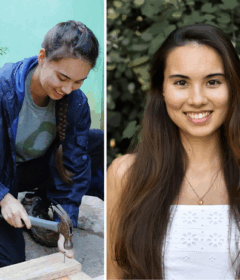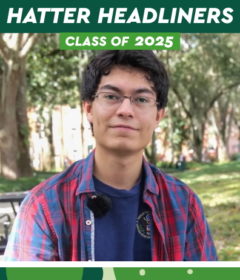Summer in the Research Lab
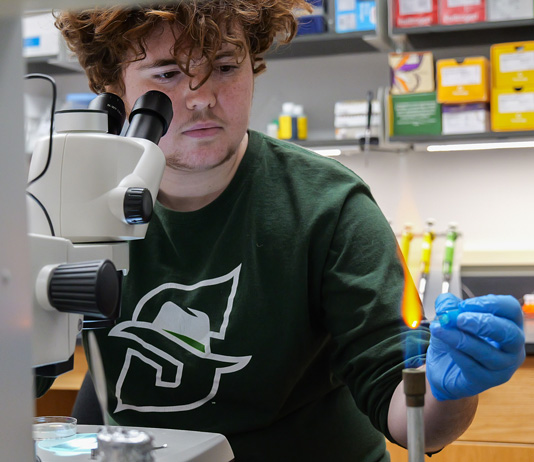

Inside a laboratory in Sage Hall Science Center, four students spent the bulk of their summer studying cell fusion with Assistant Professor of Biology Jean Smith, PhD.
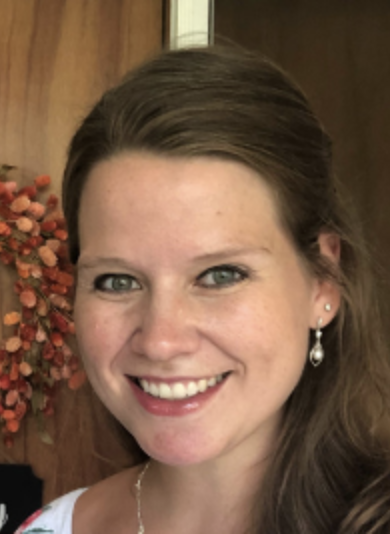
At the end of last year, Smith received a $502,998 grant from the National Science Foundation to support her research lab that studies the genetics and cell biology of fungal cell-cell fusion. The grant also provides funding for her to pay undergraduates in the biology department to perform research during the summer.
“It’s really exciting to have this grant because it gives us a lot of resources and flexibility to try to follow where the science is taking us,” Smith said. “I like to give students autonomy over their research so that they have a project that’s theirs that they really feel like they have control over, because I think that makes them more excited about science.”
For Molecular and Cellular Biology senior Celine Jose, the time she spent in the lab this summer was an unexpected blessing in disguise, as she hopes to pursue an MD or a PhD after graduating Stetson next spring.
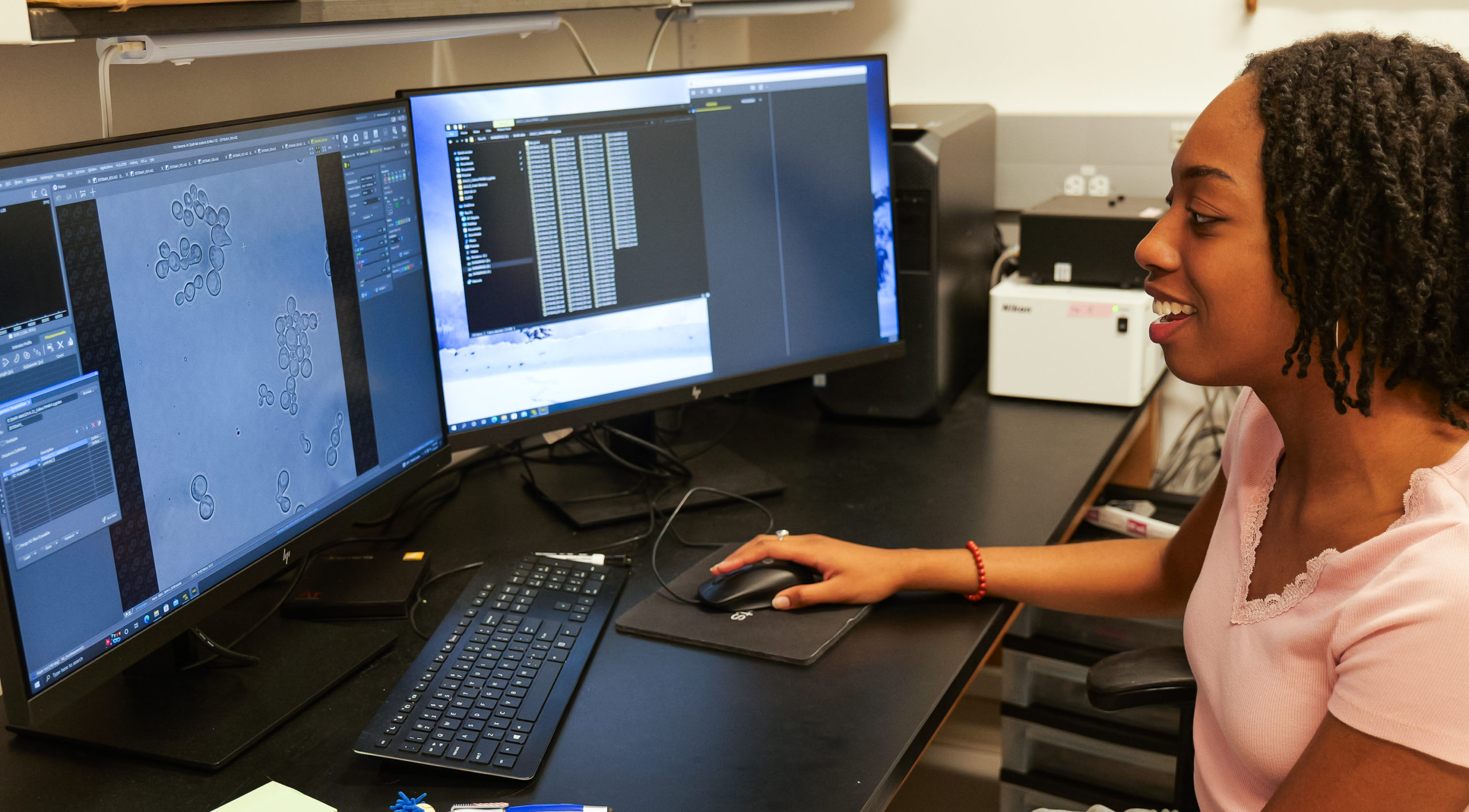
“The Molecular and Cellular Biology major equips you for both avenues,” she said. “I am very passionate about research. My goal is to be an immunologist and, hopefully, study cancers and blood disorders. This summer I was very excited to work in the cell fusion lab because this research is not something I’ve done before and it’s challenging. I used it as a base to refine my skills and, since I want to have a career in research, I’m really absorbing everything that we are doing in lab and taking in the research process and the time that it takes to get results.”
Jose was joined by fellow molecular and cellular biology students Dylan Anthony, Yireh Martinez and Kristine Lynn Rodriguez— who also are seniors — in the research of the fusion protein Fus1, which is required for yeast cell fusion.
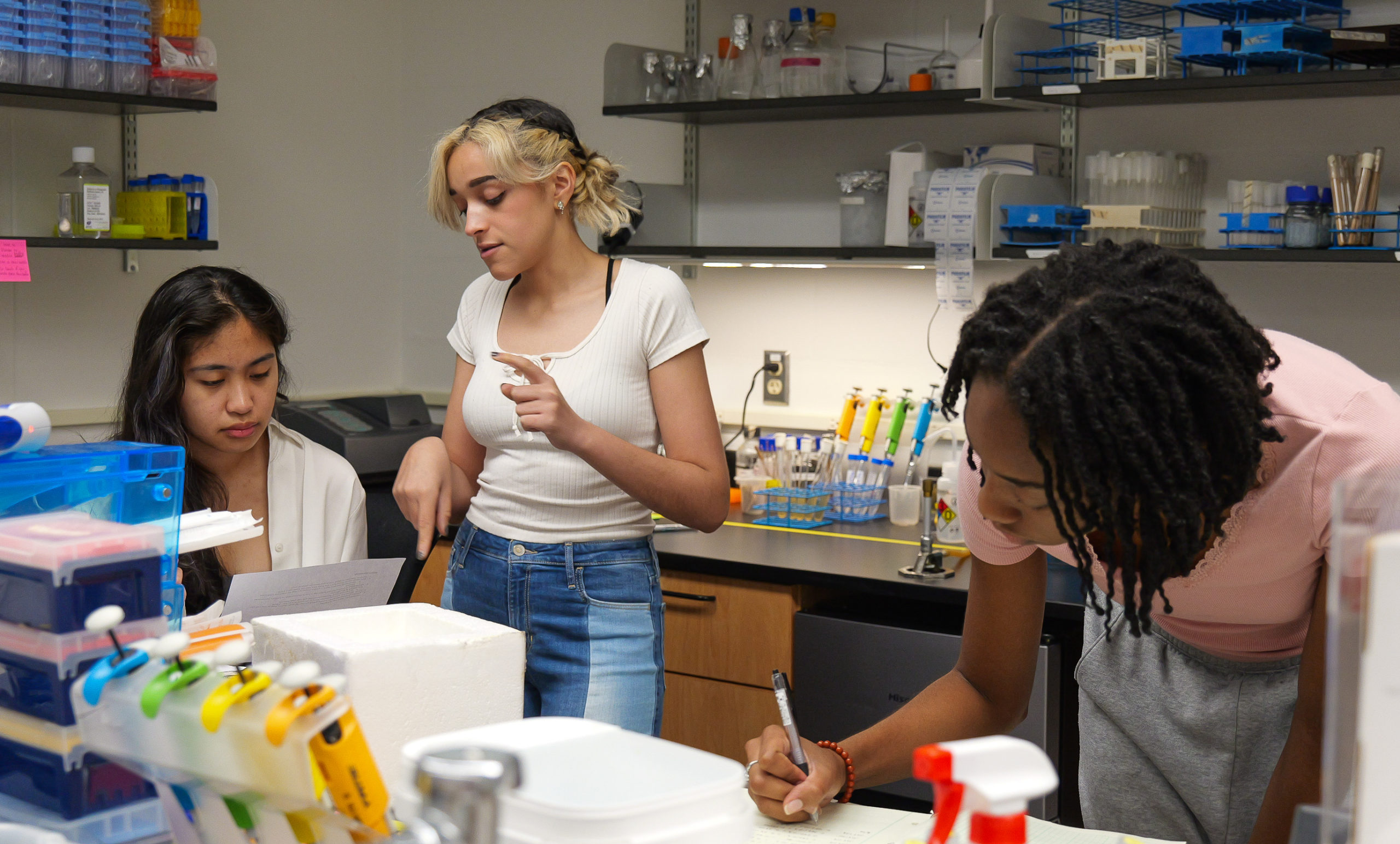
“We are trying to mess it up and see what happens with a given specific mutation,” said Anthony, who also is a pre-health student with hopes of attending dental school after graduation. “Basically, we are trying to figure out what is happening within Fus1 itself that is making cell fusion happen.”
Through one-on-one interactions and individual mentorship, Smith and her students developed a system that aimed for each student to choose an important task within the research to work on. This way, they can work on developing their research skills and be better suited for their future careers.
“While they are looking at slightly different regions of Fus1, they are doing a lot of the same things and experimental setup in the lab so they can help each other,” Smith said. “I think one of my biggest hopes for this grant is that it can impact more students and give them even better experiences.”
SURE Grant
The Stetson Undergraduate Research Experience (SURE) program offers students the opportunity to spend eight-weeks during the summer working on a research-intensive experience under the mentorship of a faculty member. The program provides students with a $2,000 stipend, and $500 for travel to present at a conference.
This year, senior Sowren Wildingcrayne — who is majoring in Molecular and Cellular Biology with a minor in Psychology with hopes to attending veterinary school after graduation — was awarded a SURE grant. His project studies the neuron morphology of the genetic model organism C. elegans, which could provide insight into biomolecules associated with the neurodegenerative Alzheimer’s disease. Wildingcrayne is mentored by Associate Professor of Biology Lynn Kee, PhD.
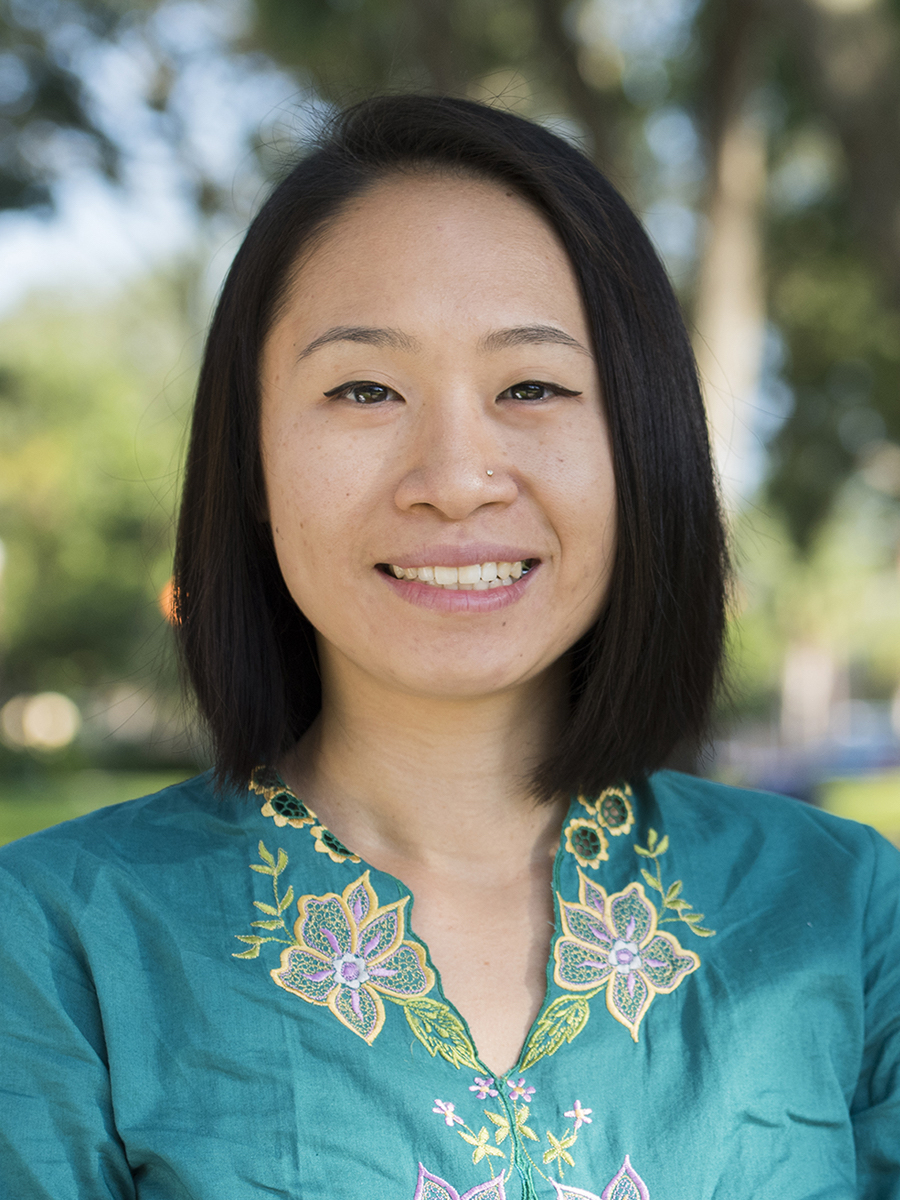
“Sowren was in my molecular biology and biotechnology class last spring, and we started talking about doing this project over the summer,” Kee said. “So, I encouraged him to apply for the SURE Grant. He is also paired with me to conduct his senior research project this fall. It’s great that he has the opportunity to do research with a microscopic living organism (in the shape of a roundworm) and learns how to grow them in the lab. He has made wonderful progress with his investigation, and we plan to present his work at a conference this Fall.”
Research in C. elegans has been awarded three different Nobel Prizes.
For his research project, Wildingcrayne has been utilizing Stetson’s inverted fluorescent microscope system to visualize the neurons. The microscope was acquired with a $266,000 grant from the National Science Foundation by Professor Kee and three other professors, Holley Lynch, PhD, assistant professor of physics; Roslyn Crowder, PhD, associate professor of biology; and, Heather Evans-Anderson, PhD, assistant professor of health sciences.
– Andrea Mujica

